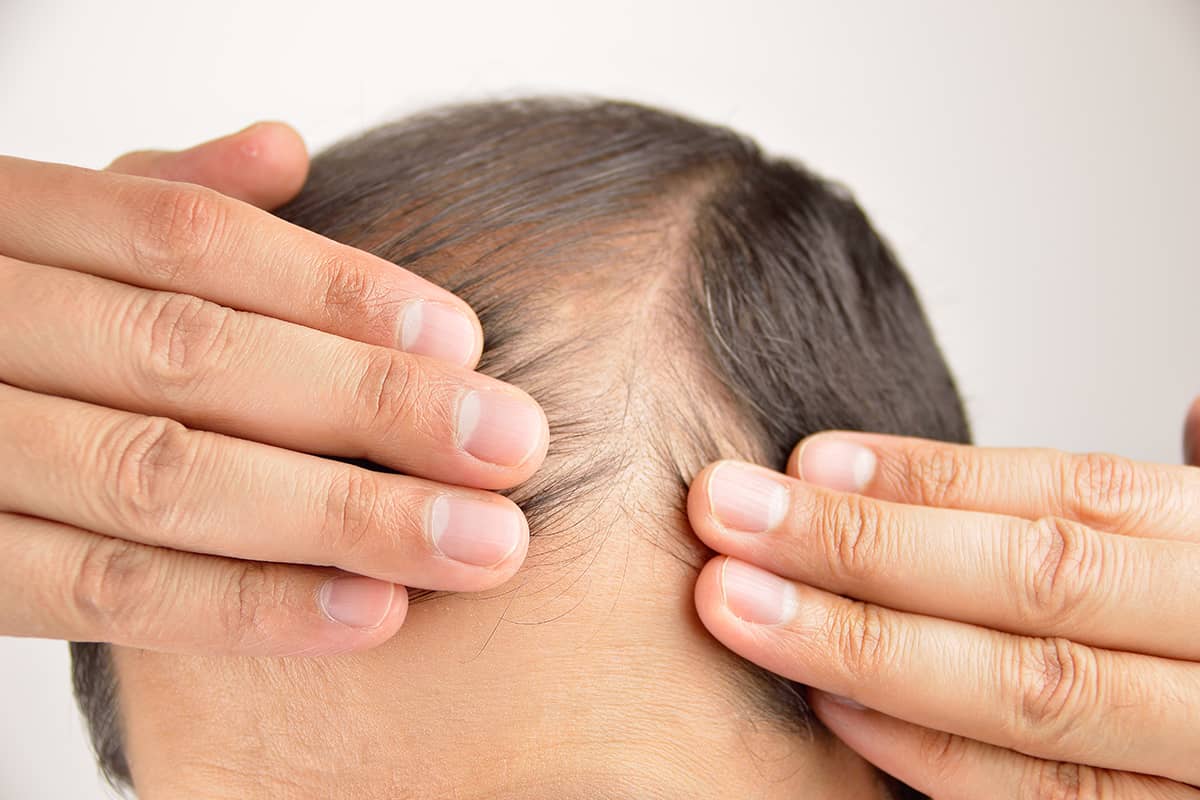Hair restoration has witnessed remarkable advancements in recent years, driven by the constant evolution of medical technologies and a growing demand for effective solutions to address hair loss. From surgical procedures to non-invasive treatments, the field has expanded significantly, offering a range of options for individuals seeking to restore their hair and confidence. This article explores the latest developments in advanced hair restoration, shedding light on innovative techniques and technologies that have revolutionized the industry.
- Follicular Unit Extraction (FUE) and Follicular Unit Transplantation (FUT):
FUE and FUT are two primary surgical techniques that have undergone refinements to enhance their efficacy in hair restoration. FUE involves the extraction of individual hair follicles from the donor area, typically at the back of the scalp, using micro-punches. This minimally invasive procedure leaves tiny, nearly imperceptible scars and allows for quicker recovery compared to traditional methods.
FUT, on the other hand, involves harvesting a strip of scalp from the donor area and then dissecting it into individual follicular units for transplantation. Advanced suturing techniques and improved instrumentation have reduced scarring and accelerated healing in FUT procedures. Both FUE and FUT have evolved to become more precise and less invasive, catering to a wider range of patients.
- Robotic Hair Transplantation:
Robotic systems have made significant inroads into the field of hair restoration, with the introduction of robotic hair transplantation. These systems, such as the ARTAS robot, utilize artificial intelligence algorithms to identify and extract individual hair follicles with unparalleled precision. The use of robotics not only accelerates the procedure but also minimizes human error, resulting in consistently natural-looking outcomes.
- Platelet-Rich Plasma (PRP) Therapy:
Non-surgical approaches to hair restoration have gained popularity, and PRP therapy is at the forefront of this revolution. PRP involves the extraction of a patient's blood, processing it to concentrate platelets, and then injecting the platelet-rich solution into the scalp. The growth factors in PRP stimulate hair follicles, promoting hair growth and improving the thickness of existing hair.
Advancements in PRP techniques, such as the addition of extracellular matrix components, have further enhanced its efficacy. PRP is often used as a standalone treatment or in conjunction with surgical procedures to optimize results and facilitate quicker recovery.
- Stem Cell Therapy:
Stem cell therapy is emerging as a promising frontier in hair restoration. Stem cells have the potential to differentiate into various cell types, including hair follicle cells. Researchers are exploring the use of stem cells to stimulate dormant hair follicles, promote hair growth, and improve the overall health of the scalp.
Clinical trials and studies are underway to refine stem cell therapy protocols for hair restoration, and initial results show promise. The regenerative capabilities of stem cells offer a novel and potentially transformative approach to addressing hair loss.
- Laser Therapy:
Low-level laser therapy (LLLT) has gained traction as a non-invasive option for stimulating hair growth. Advanced laser devices, such as laser caps and helmets, utilize low-level lasers to increase blood flow to the scalp and stimulate cellular activity in hair follicles. This technology is particularly appealing for individuals who prefer non-surgical alternatives or as a complementary treatment to surgical procedures.
Ongoing research aims to optimize the parameters of laser therapy, including wavelength and energy density, to maximize its effectiveness in promoting hair growth while ensuring safety and minimal side effects.
- Customized Medications:
Pharmaceutical advancements have led to the development of personalized medications for hair restoration. Compounded formulations that combine FDA-approved ingredients, such as minoxidil and finasteride, are tailored to individual patients based on their specific needs and medical profiles. These customized medications aim to enhance efficacy while minimizing potential side effects.
Additionally, research into novel compounds and drug delivery systems is ongoing, with the goal of discovering more targeted and efficient solutions for halting hair loss and promoting regrowth.
- Hair Cloning and Bioengineering:
One of the most revolutionary concepts in hair restoration is the idea of hair cloning, or hair multiplication. Researchers are exploring ways to duplicate hair follicles in a laboratory setting, creating an abundant source of viable follicles for transplantation. This approach has the potential to overcome donor area limitations and provide an unlimited supply of hair for restoration.
Bioengineering techniques are also being investigated to create artificial hair follicles that mimic natural ones. These bioengineered follicles could revolutionize the field, offering a limitless supply of donor hair that closely resembles the patient's natural hair.
Conclusion:
The landscape of advanced hair restoration is dynamic and continually evolving. From refined surgical techniques to innovative non-invasive treatments, the field offers a plethora of options for individuals experiencing hair loss. As technology and research progress, the future holds even more promising developments, potentially unlocking transformative solutions that redefine the possibilities of hair restoration. Whether through surgical interventions, non-invasive therapies, or groundbreaking advancements in regenerative medicine, the quest for effective and personalized solutions to hair loss is at the forefront of scientific innovation. Visit official website ivitalitymd.com

